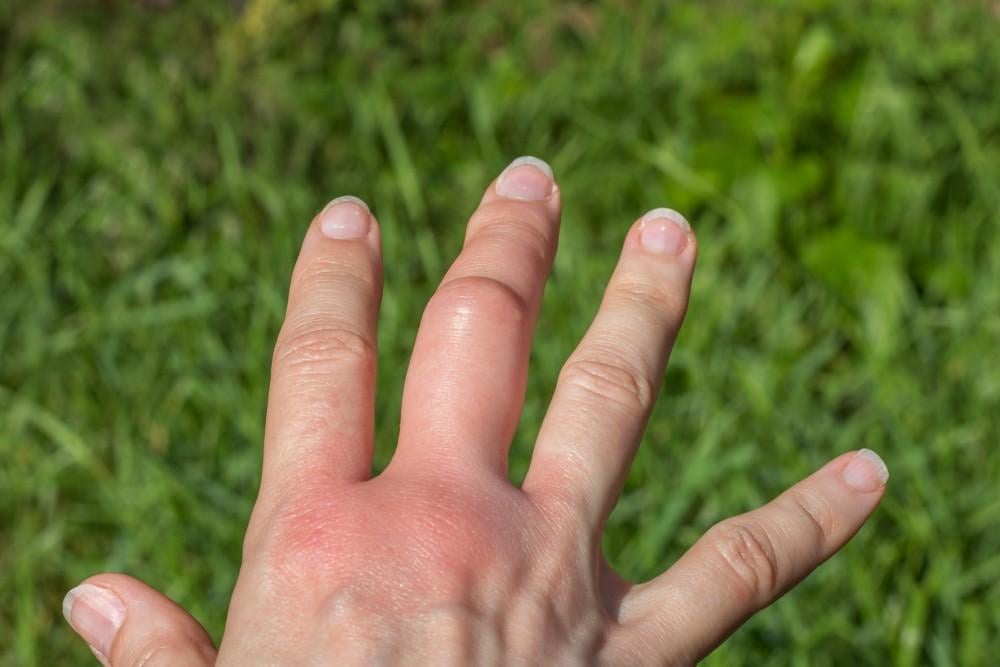Did you know chronic inflammation has been linked to diseases such as cancer, diabetes, arthritis, heart disease, Alzheimer’s, and even depression?
But before you go running to your pharmacy, try heading to the grocery store first.
There are many foods which are not only healthy but have been shown to fight inflammation, as well.
Whether you want to improve your diet, your overall health, or looking for ways to fight chronic inflammation naturally, you’ve come to the right place.
In this post, we’ll discuss the different food items you can add to your very own anti inflammatory diet menu.
Your Anti Inflammatory Diet Menu
Fighting inflammation doesn’t have to involve a prescription or over-the-counter medicine.
With the right grocery list, you can find everything you need to combat inflammation right in your kitchen.
But you won’t only be fighting inflammation, you’ll be reducing your risk of illness, too.
Check out the anti inflammatory diet menu list below to see what food items can help you reduce your risk of chronic inflammation while improving your overall health:
1. Fruits
Fruits are one of the healthiest diet options available because they are low in both fat and calories.
But it’s because they are packed with antioxidants which make them perfect for an anti inflammatory diet menu.
Stick to berries to get the most benefits. Fruits such as strawberries, raspberries, blueberries, and cherries are some of the best.
2. Fatty Fish
You’ve likely heard that fish is good for you. But not all fish are created equal.
Fish which are high in omega-3 fatty acids are the kings of the sea when it comes to anti-inflammatory properties.
This includes fish such as salmon, mackerel, tuna, and sardines.
If you don’t like fish, however, try taking omega-3 supplements instead.
3. Green Leafy Vegetables
When it comes to shielding your body against inflammation-causing molecules, vitamin E has proven very effective.
Dark green vegetables come packed with this vitamin, as well as a host of other beneficial nutrients such as calcium and iron.
Try eating dishes with spinach, kale, and broccoli to get the most out of this anti inflammatory diet menu item.
4. Nuts
Much like the fatty fish listed above, nuts are also rich in healthy, omega-3 fats.
Furthermore, nuts also contain high amounts of fiber, vitamin E, and calcium. As a bonus, they even contain healthy antioxidants which help fight inflammation.
Nuts such as almonds, walnuts, and Brazil nuts are some of the most beneficial.
5. Tomatoes
Tomatoes have been shown to reduce inflammation because they have high lycopene content.
Lycopene has been shown to help reduce inflammation in the lungs, and other areas of the body as well.
Interestingly, cooked tomatoes offer more lycopene than raw tomatoes.
6. Olive Oil
Olive oil is first and foremost packed with healthy monounsaturated fats.
But it also contains what’s called oleocanthal, which blocks inflammation.
This substance has actually been proven to work much like ibuprofen.
7. Coffee
Coffee has the ability to provide headache relief and even has more antioxidants than a serving of some fruits.
These antioxidants have been linked to reducing inflammation and has also been linked to a lowered risk of cardiovascular disease.
Conclusion
Inflammation can lead to a variety of diseases and disorders.
Maintaining a healthy diet can help eliminate the increased risk for illness, as well as improve overall health.
If you’re experiencing chronic pain due to inflammation, contact us today to see how we can help.




